Table of Contents
Clogged Drains
One of the most frustrating and frequent plumbing issues homeowners face is the dreaded clogged shower drain. Whether it’s hair, soap scum, or other debris, clogs can quickly lead to standing water and unpleasant odors. Fortunately, there are several straightforward methods to clear most clogs.
A drain snake might be necessary for more stubborn clogs. The good news is that these tools are easily found at local hardware stores and don’t require professional skills. The worst-case scenario might involve calling a plumber, but you’ll likely be able to resolve most issues independently.
Leaky Faucets
Drip, drip, drip. That’s the sound of wasted water and rising utility bills. A dripping faucet may appear insignificant, yet it has the potential to squander hundreds of gallons of water annually. Fixing a leaky faucet is often simple and can significantly save you money.
Common causes for leaky faucets include worn-out washers, O-rings, or corroded valve seats. Fixing a dripping tap will stop the flow of water. Next, remove the faucet handle using a screwdriver, gaining access to the components causing the leak. Replacing the worn-out parts solves the issue. Once you’ve made the necessary replacements, reassemble the faucet and turn the water back on. This straightforward task can be completed in under an hour, saving you money on your water bill in the long run.
Step-by-Step Guide to Fixing a Leaky Faucet:
- Turn off the water supply to the faucet.
- Remove the faucet handle using a screwdriver.
- Replace the washer or O-ring if it appears worn or damaged.
- Reassemble the faucet and turn the water supply back on.
Running Toilet
A toilet that keeps running is more than just a bother; it can also significantly increase your water bill. This problem usually stems from flapper, float arm, or fill valve issues. Most of these issues can be resolved without the need for a plumber. The flapper valve is often the main culprit. Over time, the flapper can become warped or damaged, preventing it from sealing correctly. Replacing the flapper is a straightforward and inexpensive fix that can solve the problem. If the issue persists, the float arm may need adjusting to ensure the tank fills to the correct level. More rare but possible, a broken fill valve might require replacement. All these components are inexpensive and easily found at home improvement stores, making a DIY fix very plausible.
Low Water Pressure
Trying to take a shower with low water pressure can be frustrating. This problem may arise for different reasons, such as sediment accumulation in the pipes, issues with the local water supply, or malfunctioning water pressure regulators. Mineral deposits that accumulate over time can significantly reduce water pressure. Aerators can be easily unscrewed from the faucet and soaked in vinegar to dissolve the build-up. If that doesn’t solve the problem, it might be worth consulting a professional to inspect your plumbing system. In some cases, the water pressure regulator might need adjusting or replacing. Ensuring regular plumbing system maintenance can help you avoid low water pressure issues.
Water Heater Issues
Water heater problems are all too common, particularly in older units. These issues, from a lack of hot water to strange noises, sometimes require a more technical approach. Regular maintenance, such as draining the tank to remove sediment build-up, can significantly extend the life of your water heater. More significant repairs or replacing the heating element or thermostat might be necessary if you encounter persistent issues. These components are available at most hardware stores and can often be replaced without professional help. Before taking on the task, clearly understand your water heater’s make and model. Keeping an eye on energy-efficient tips can also help manage your water heater’s performance year-round. For more information on this, refer to energy-efficient water heating.
Tips for Preventing Future Issues
Preventive maintenance is critical to avoiding common plumbing problems. By routinely examining your pipes and fixtures for any indications of damage, you can identify minor problems early on and prevent them from turning into major issues.
- Frequently check pipes and fixtures for indications of damage and deterioration.
- Utilize drain covers to avoid blockages in your pipes caused by debris.
- Wrap exposed pipes to prevent freezing in the winter months.
- Arrange periodic maintenance appointments with a licensed plumber.
Using drain covers can help keep unwanted debris from entering your pipes, reducing the risk of clogs. Insulating exposed pipes can also prevent them from freezing and bursting during winter. Furthermore, setting up routine maintenance appointments with a licensed plumber can assist in detecting and resolving possible problems early on. By following these precautions, you can help maintain maintain your plumbing system’s excellent condition.








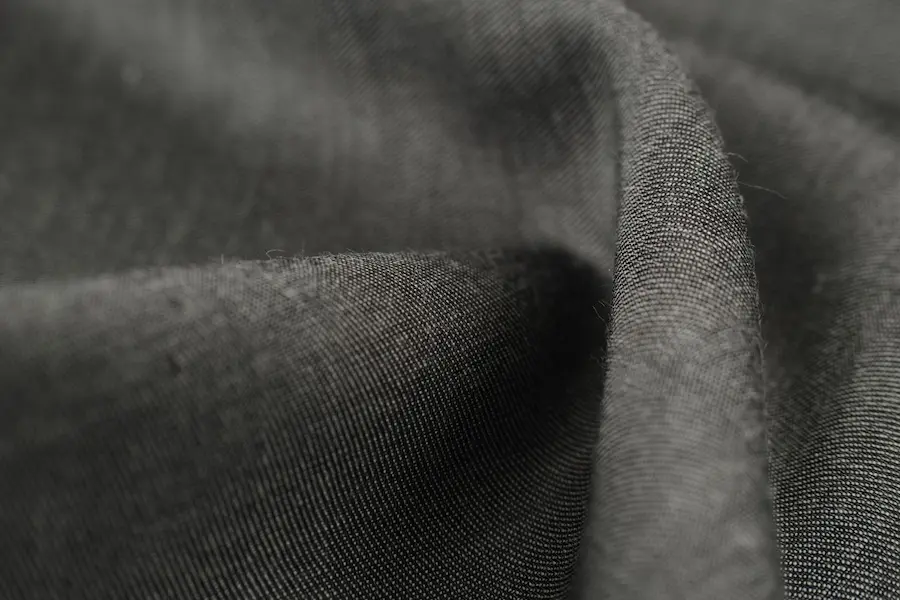


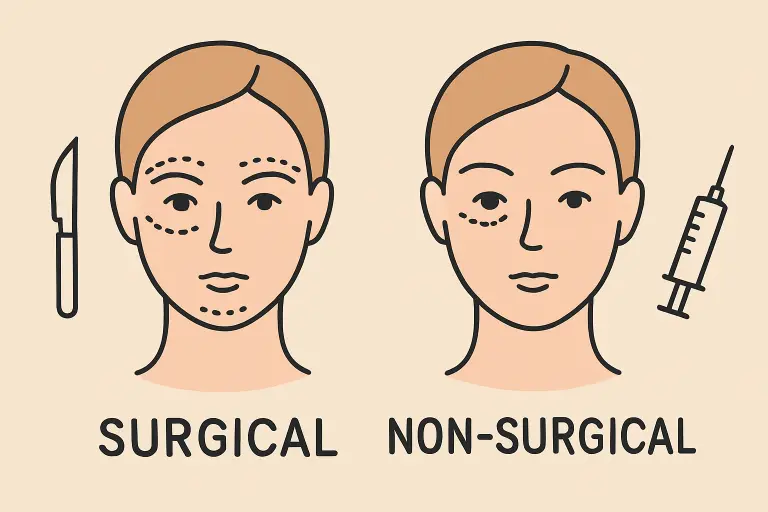
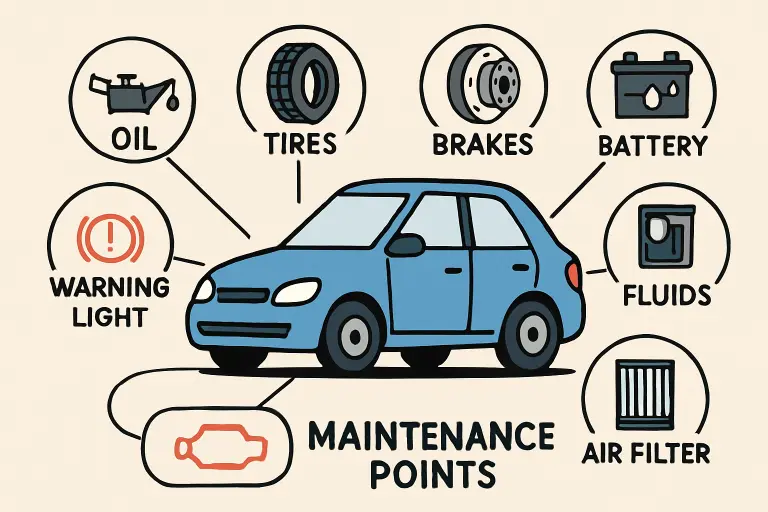


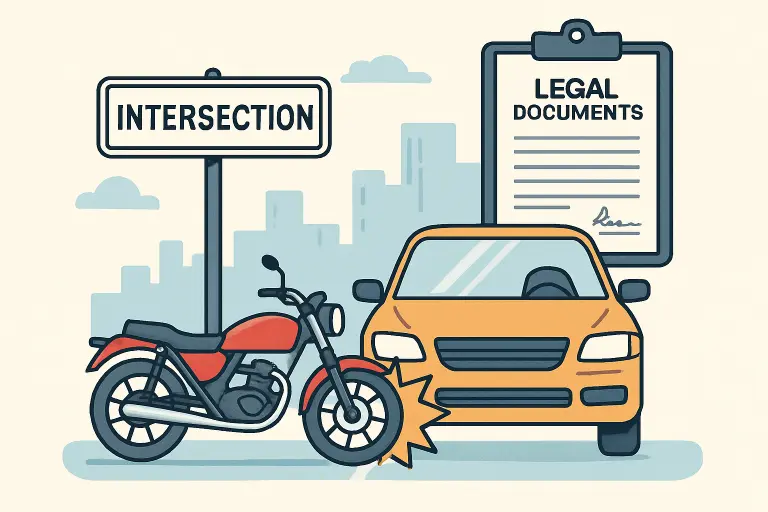








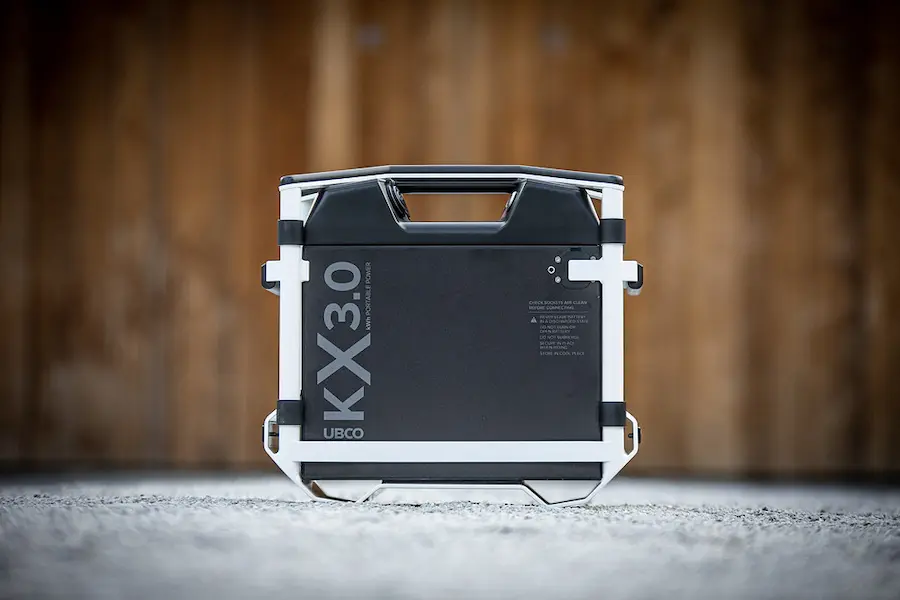

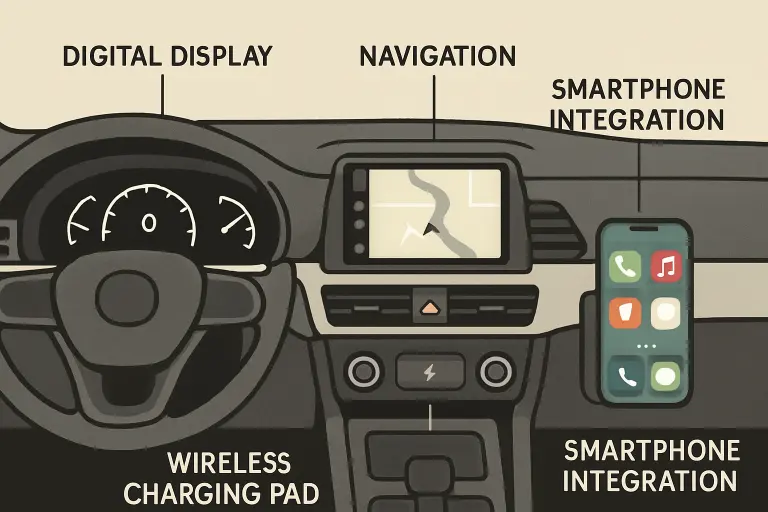

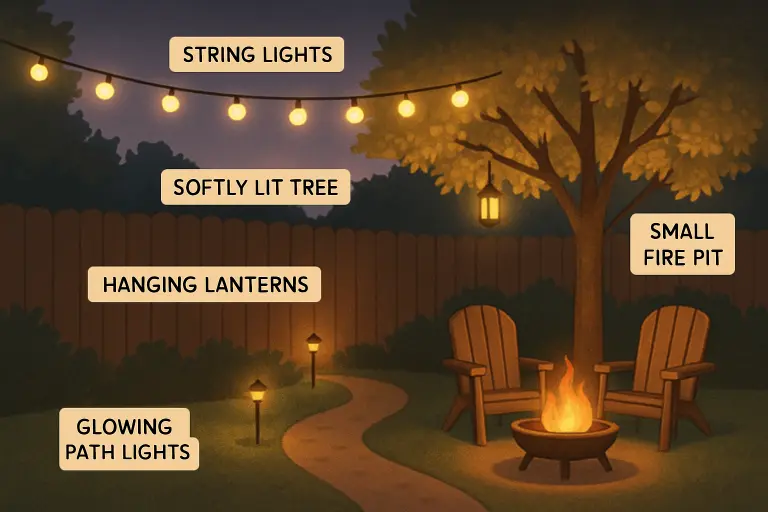




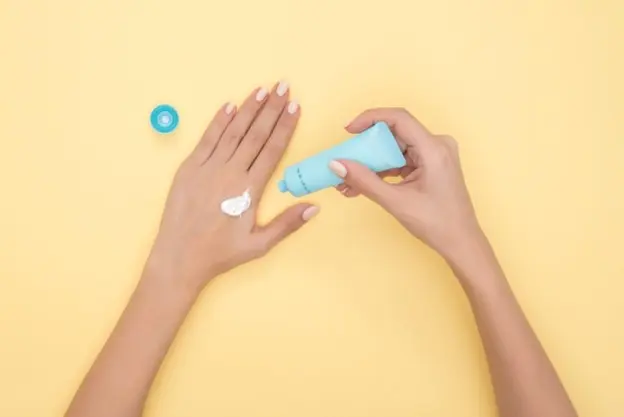
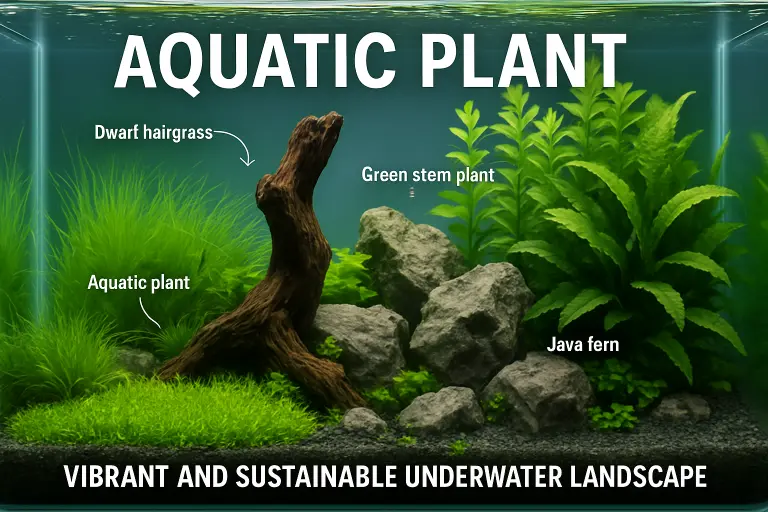






















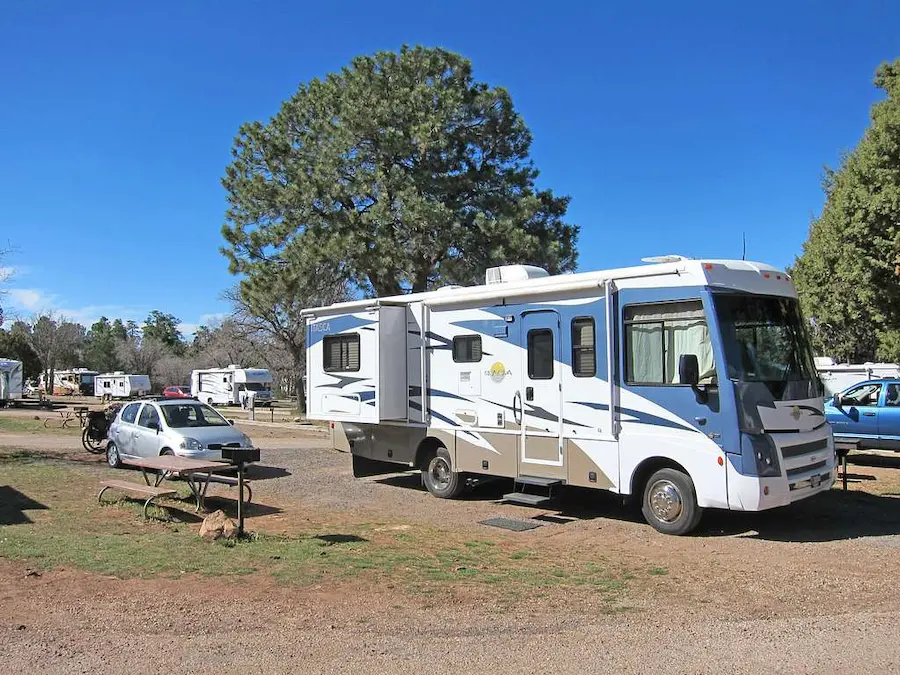










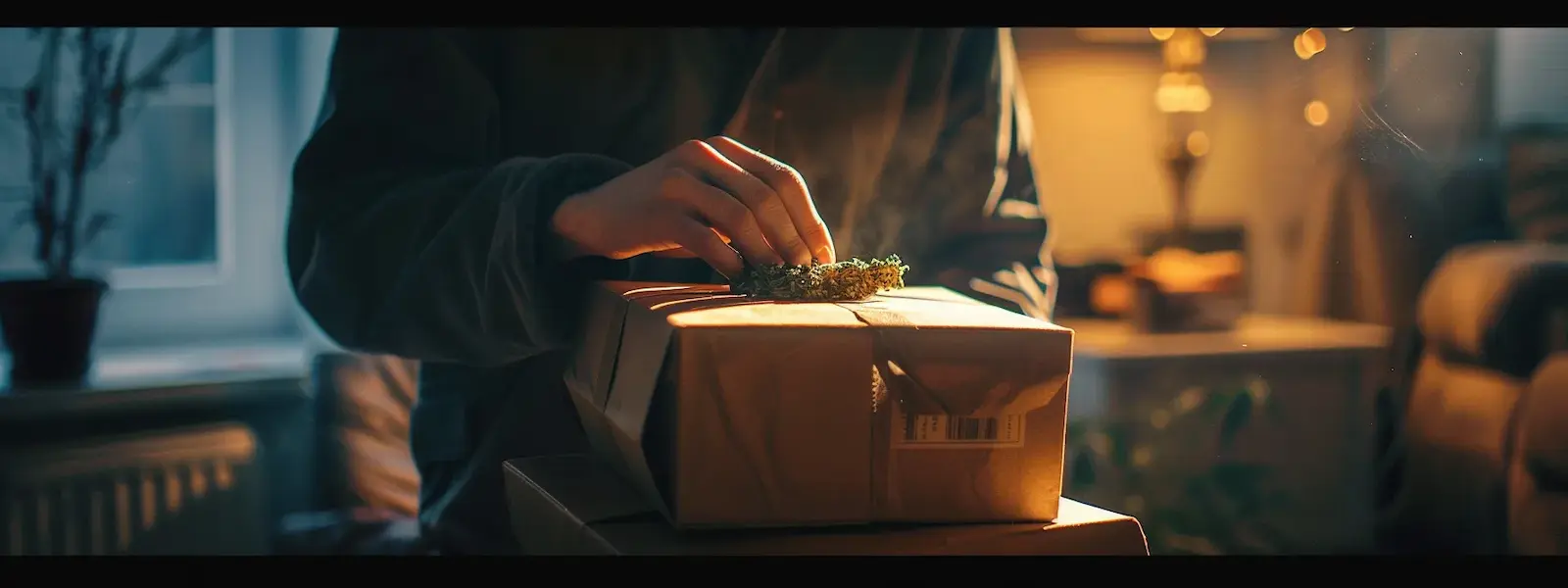





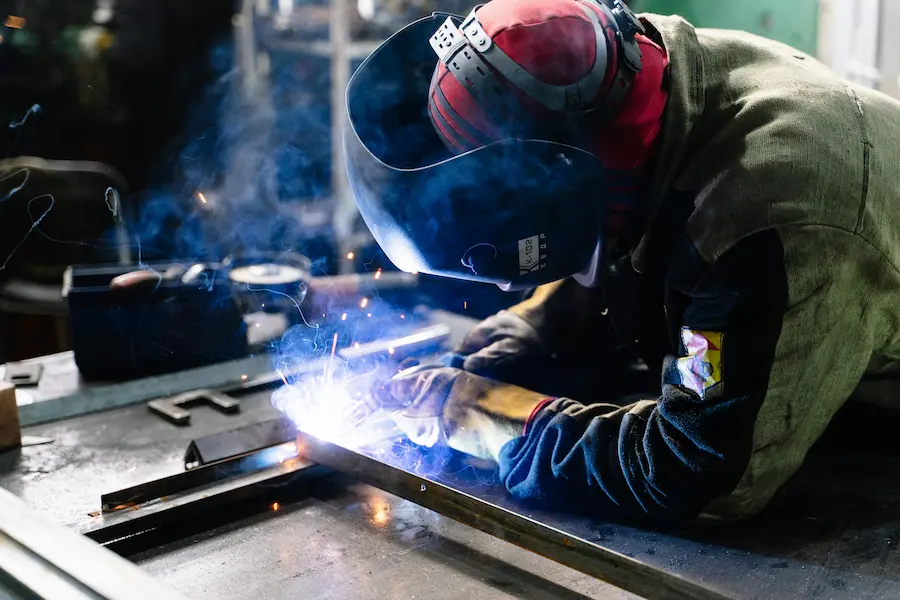

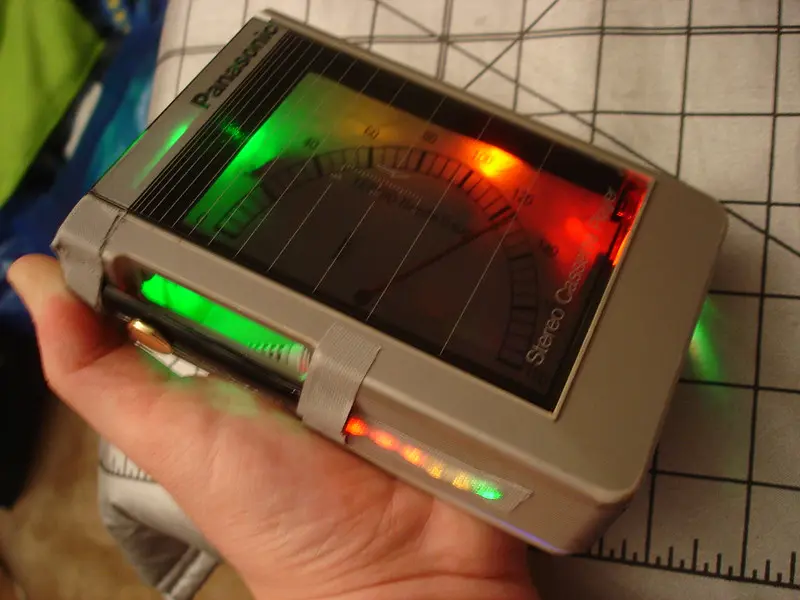


















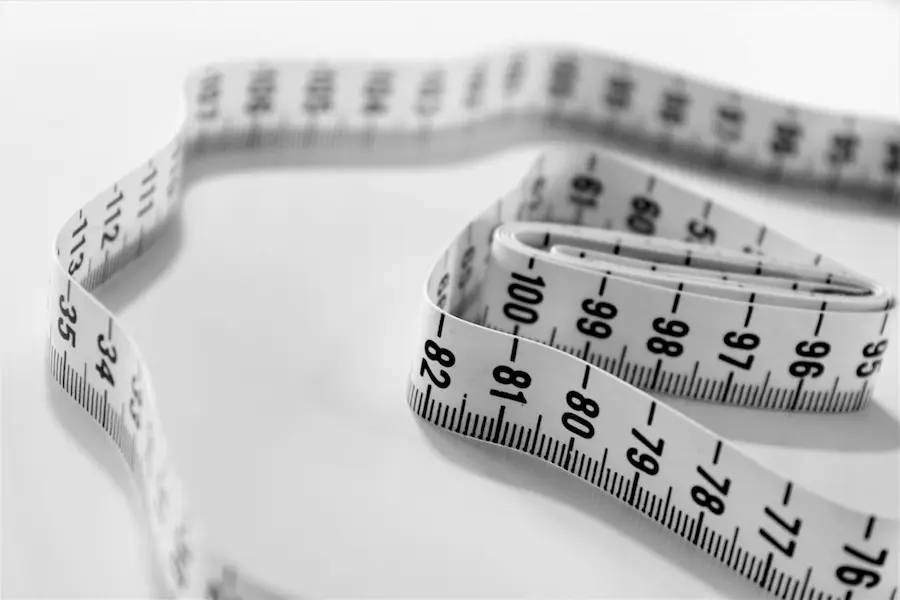
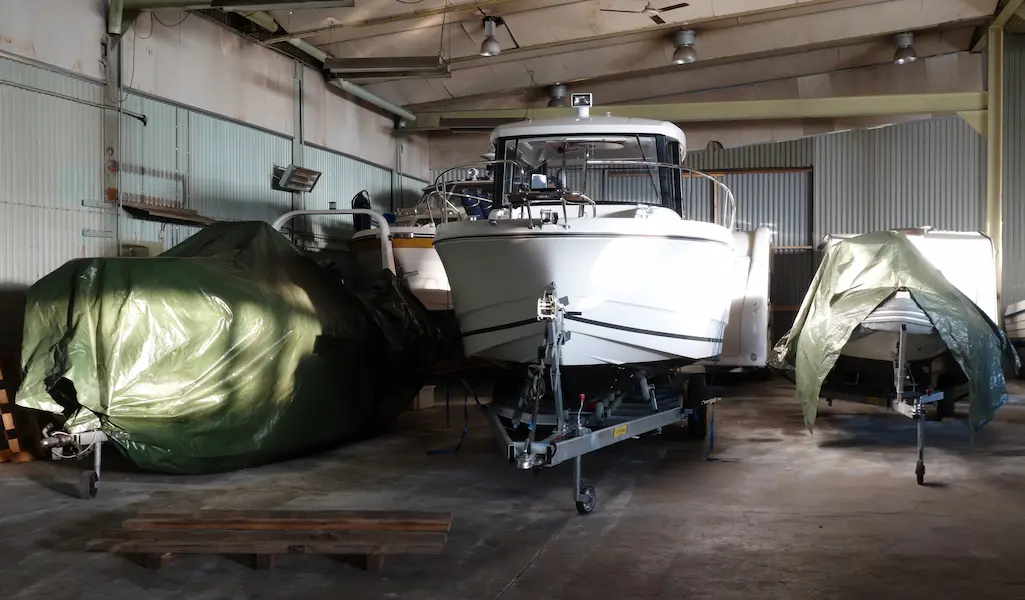




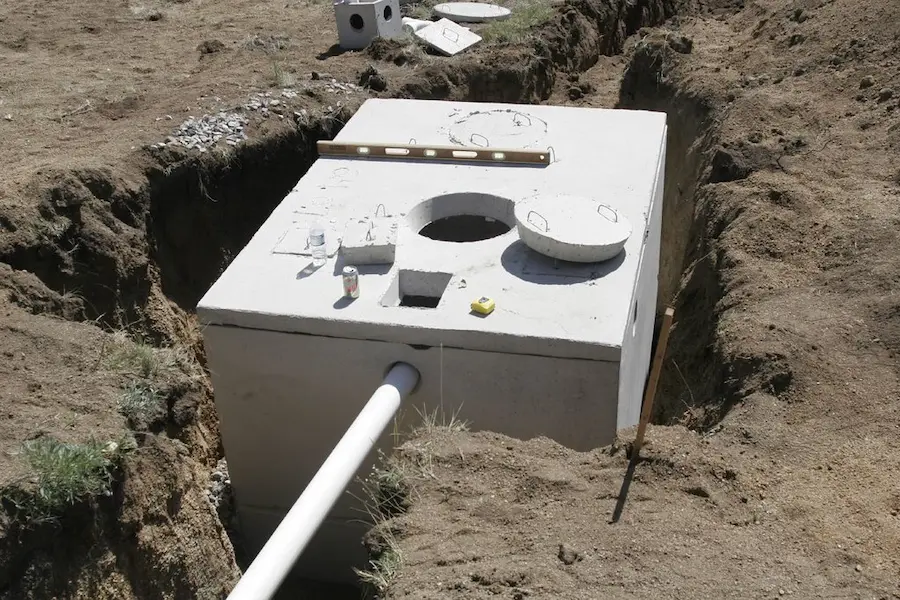




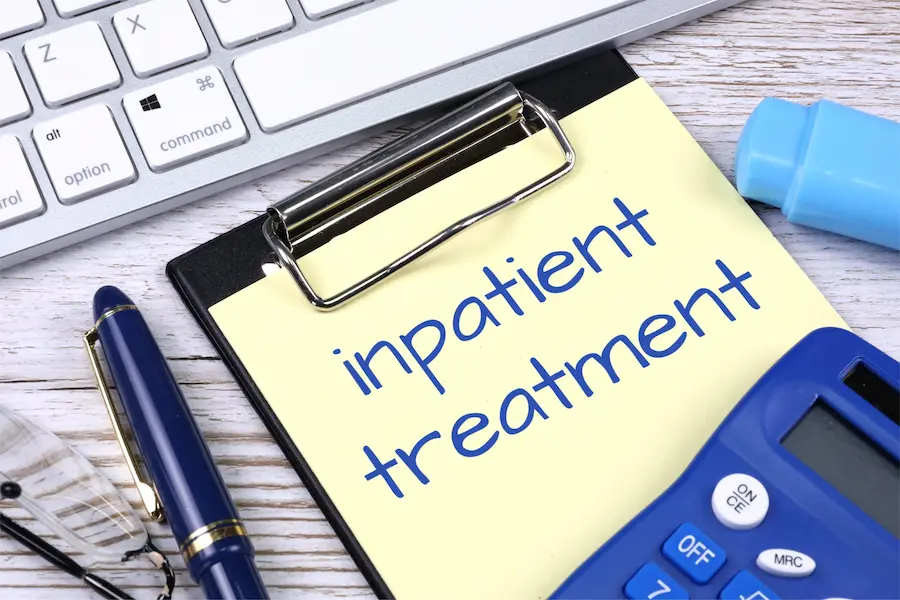



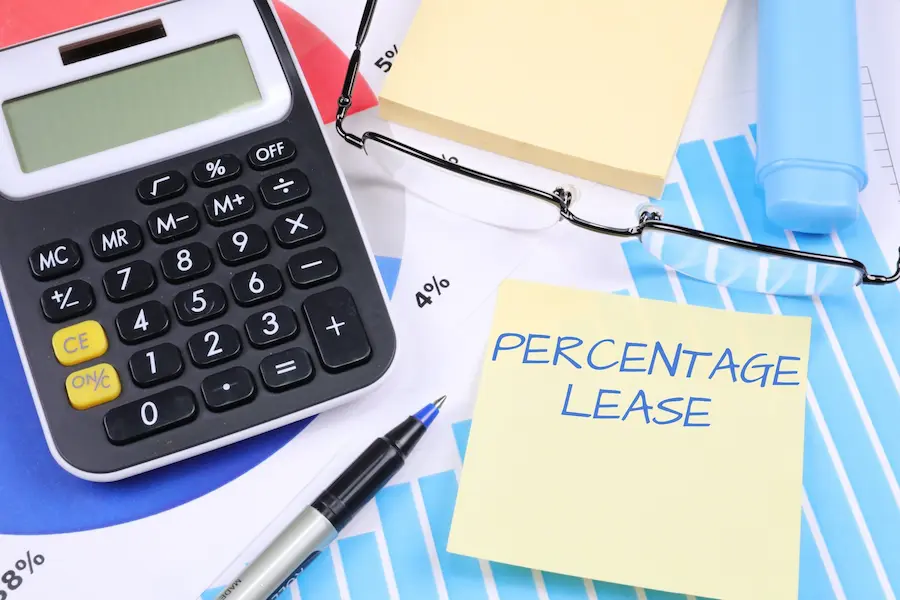










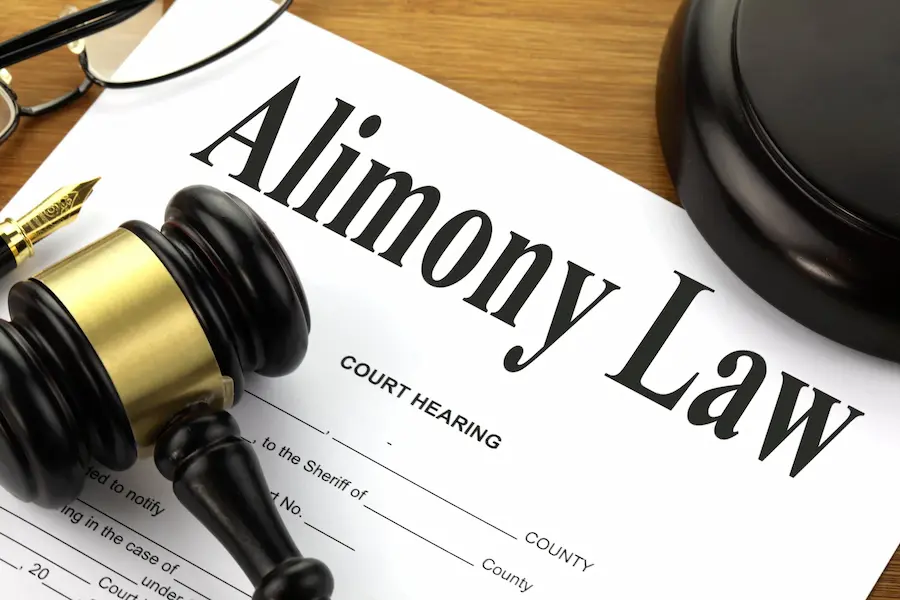
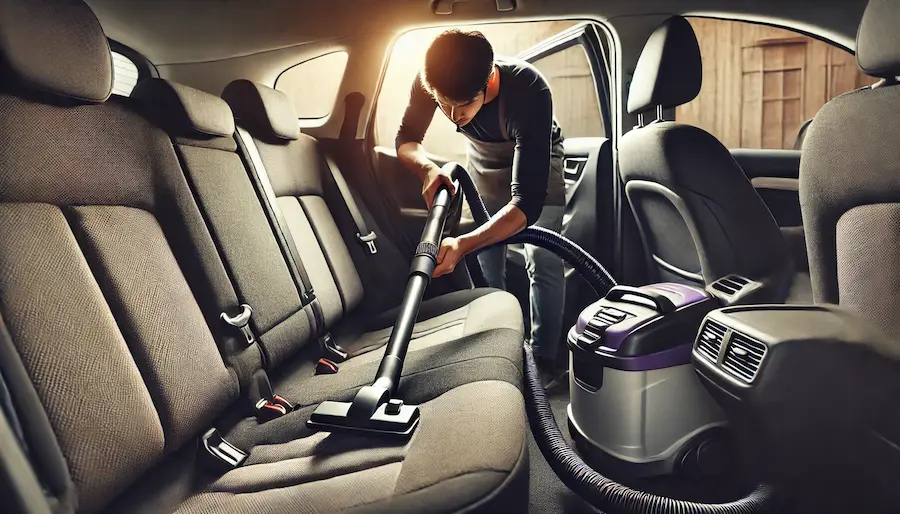

















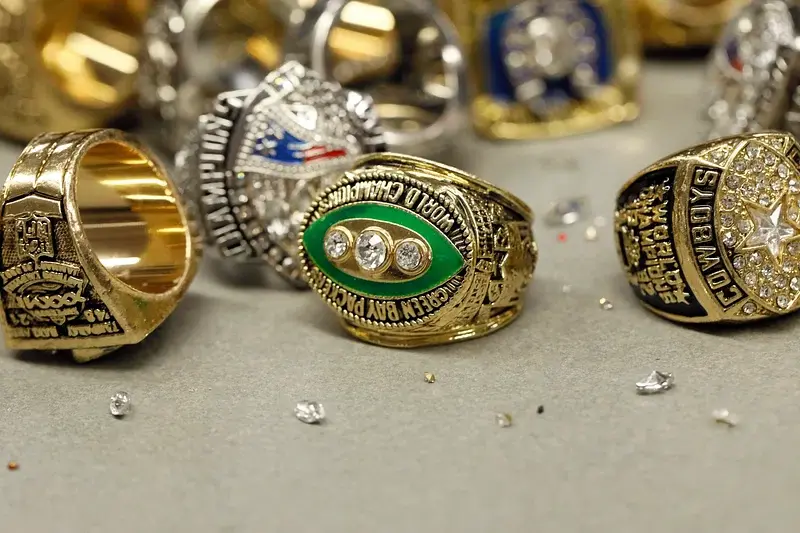






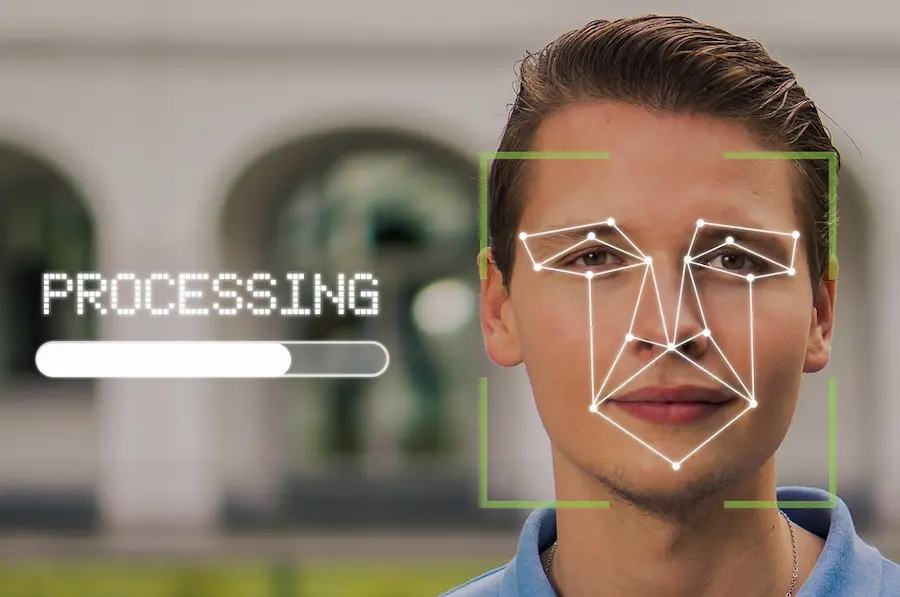



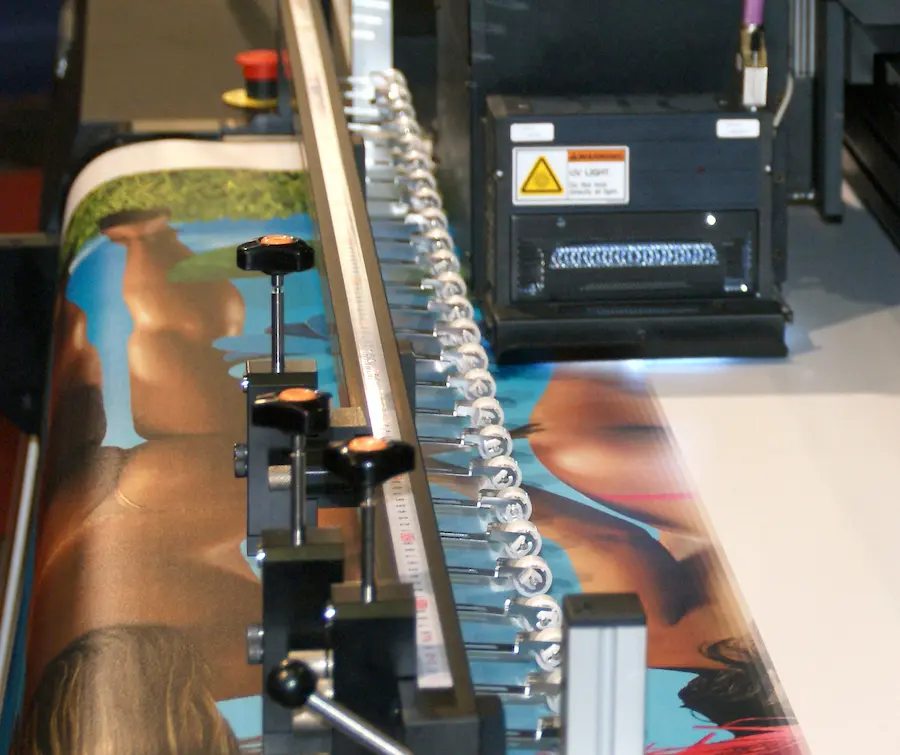





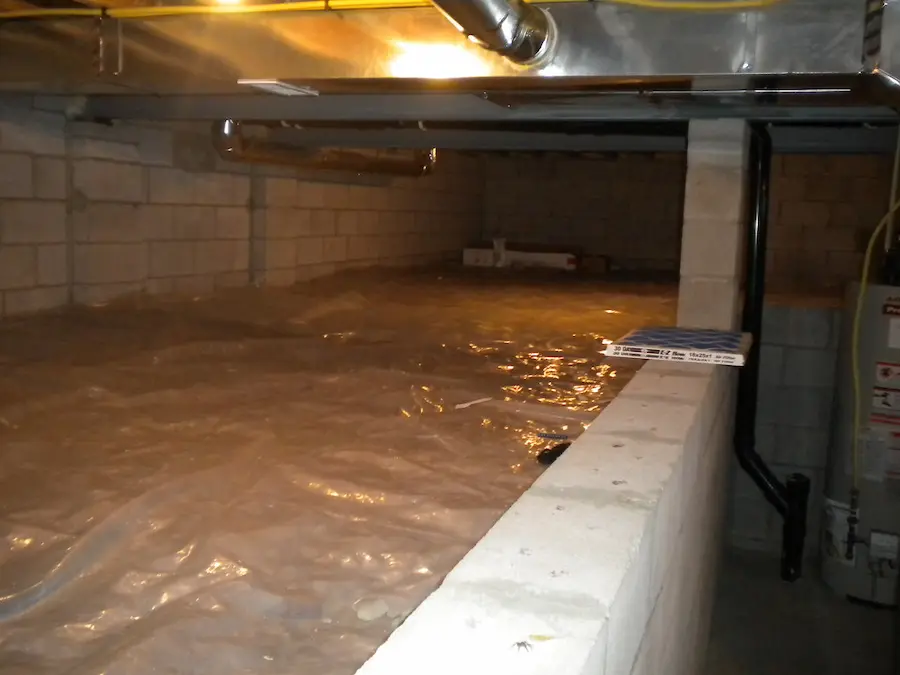
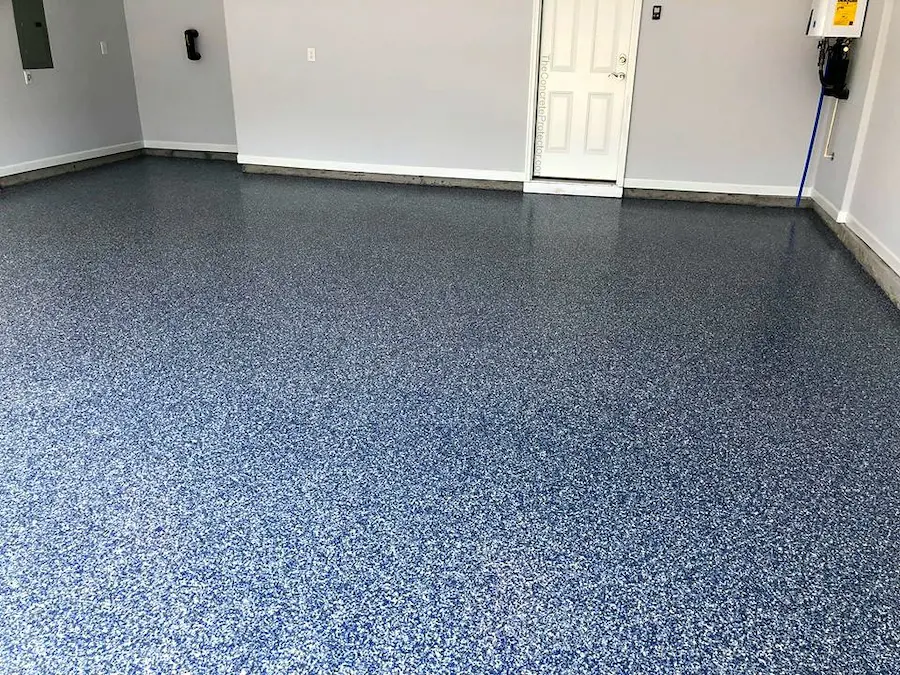



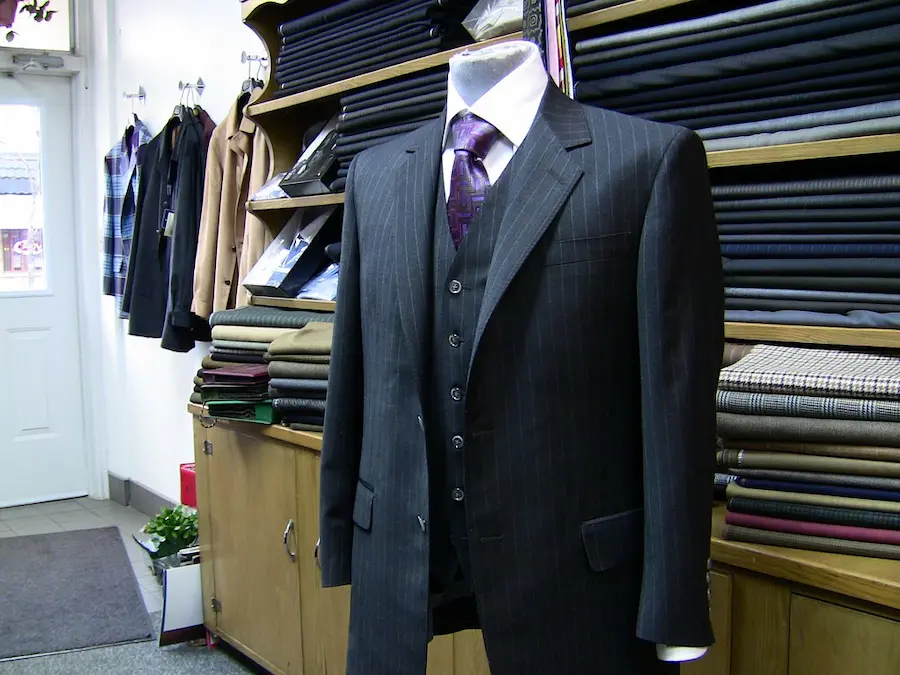











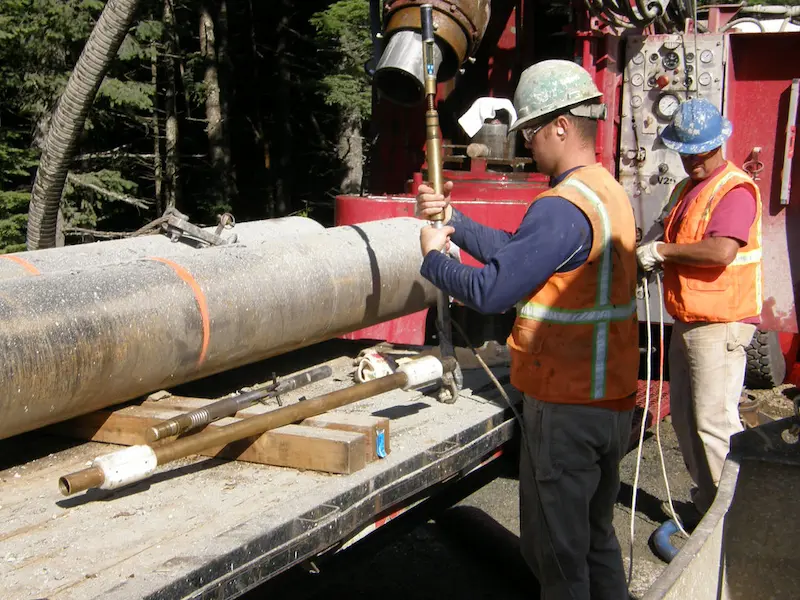












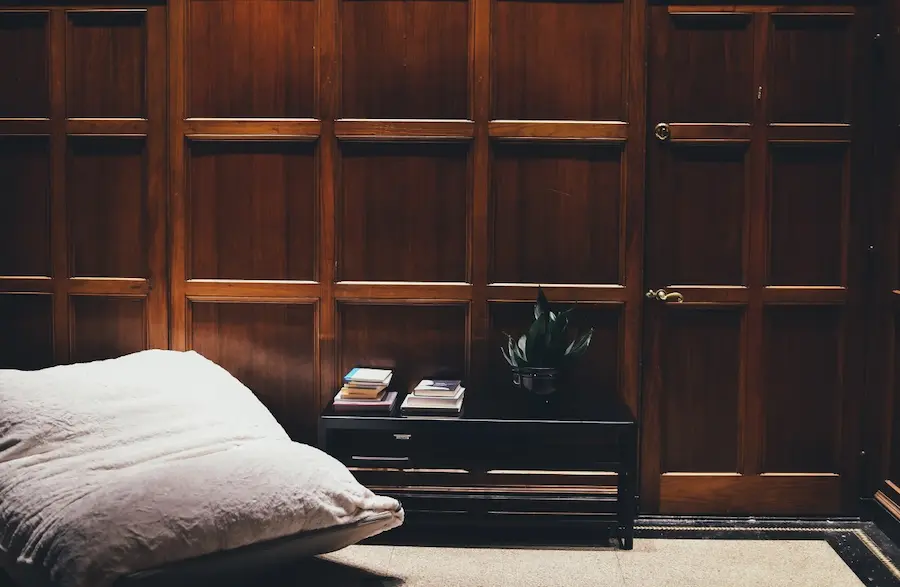
































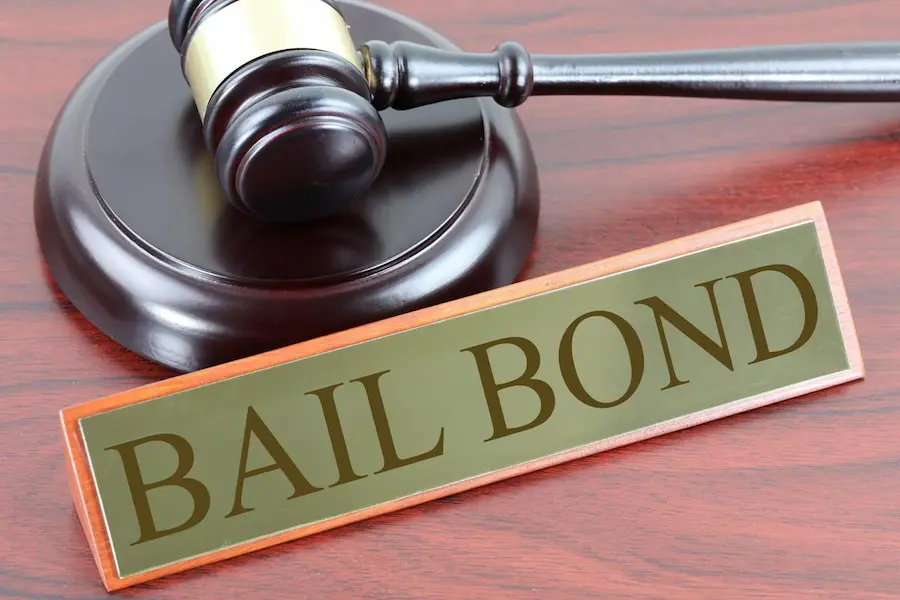








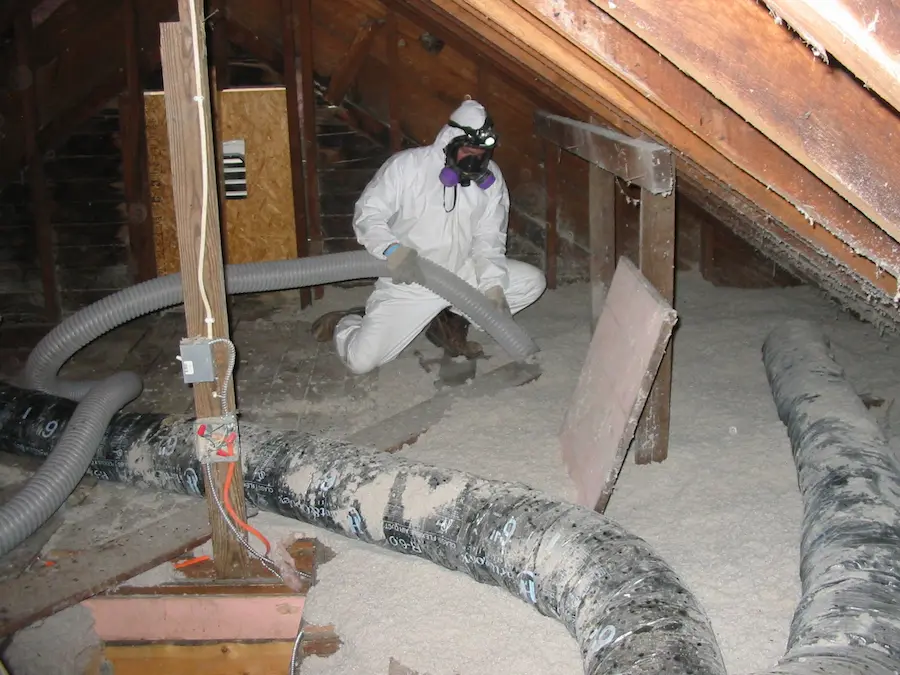


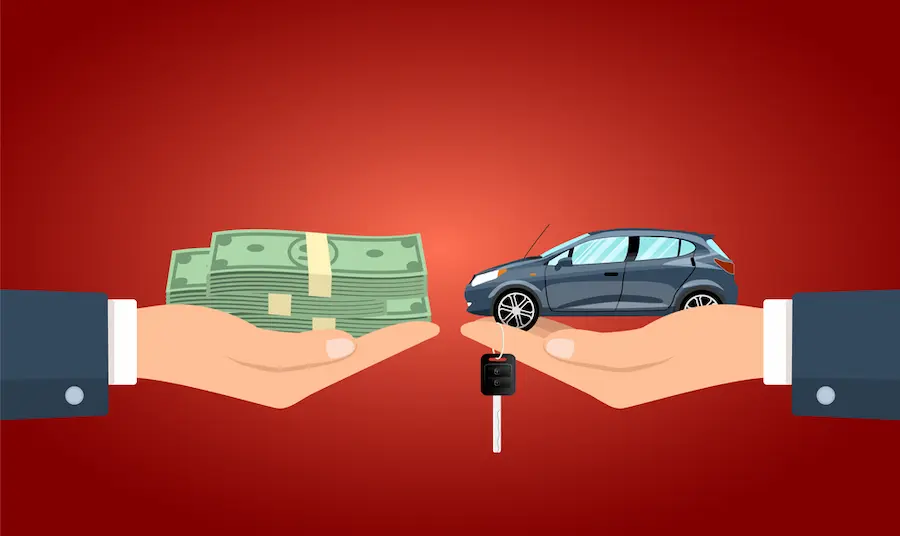



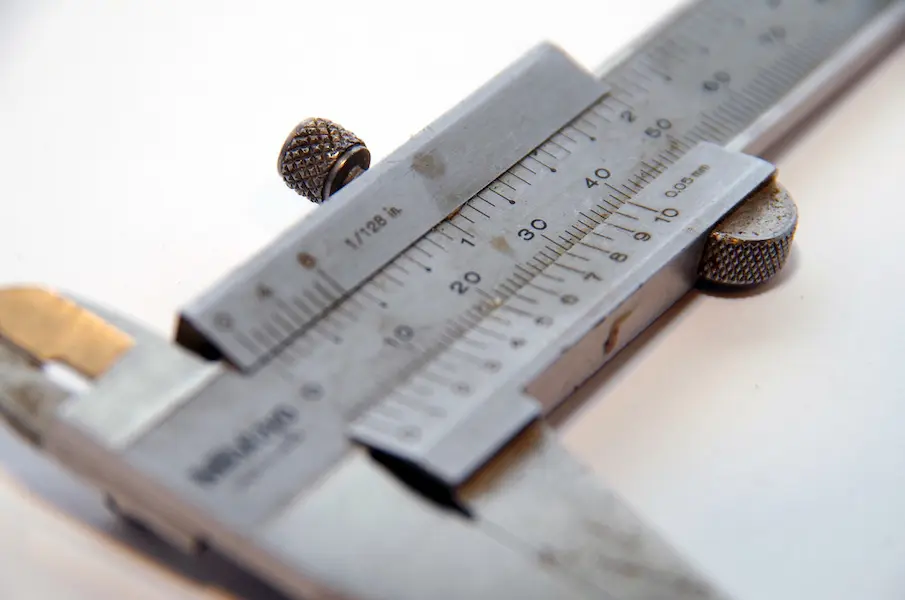
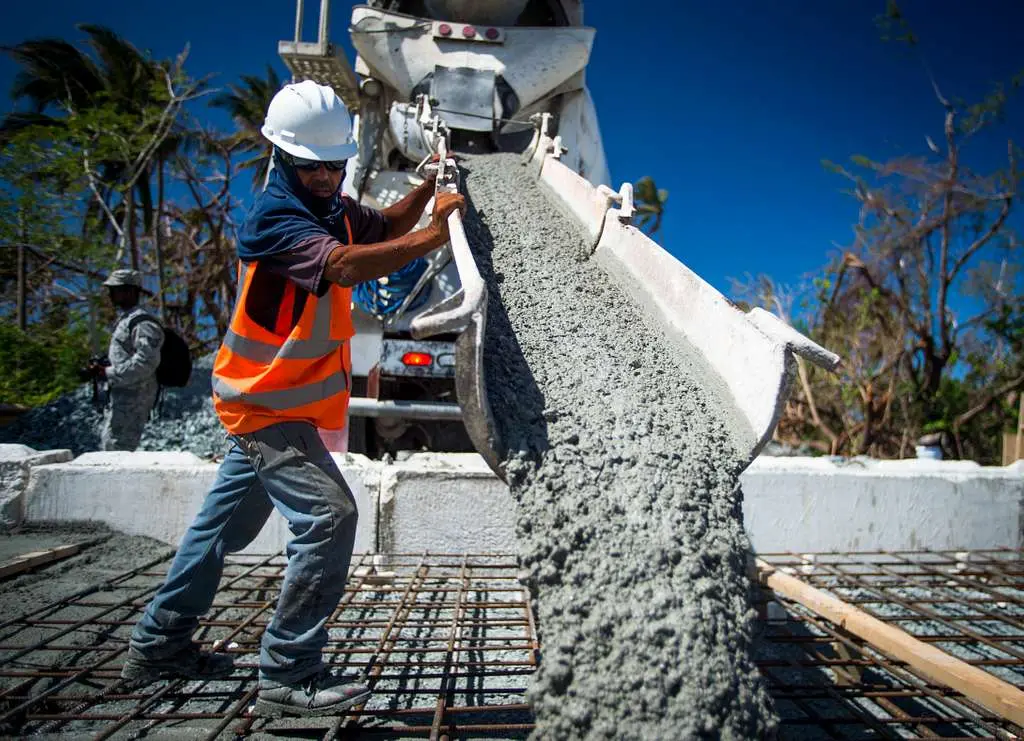
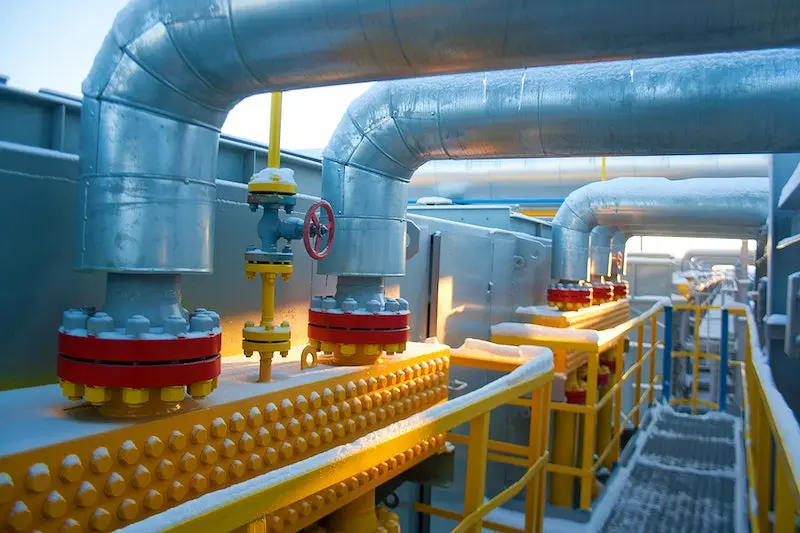








































































































































































































































































































































































































































































































































































































































































































































































































































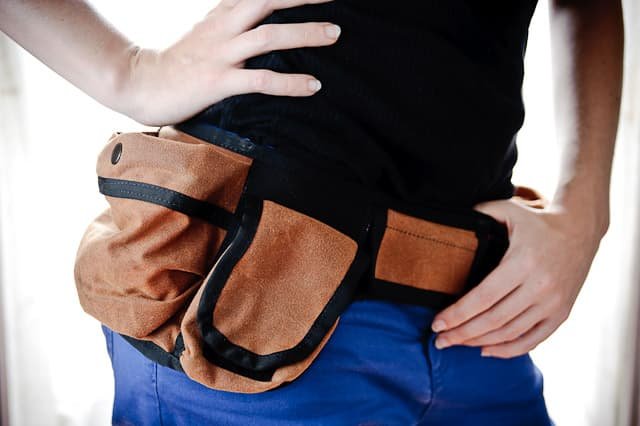
































































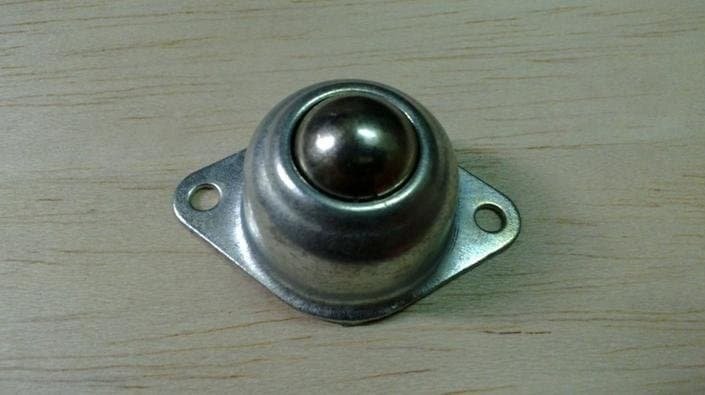

















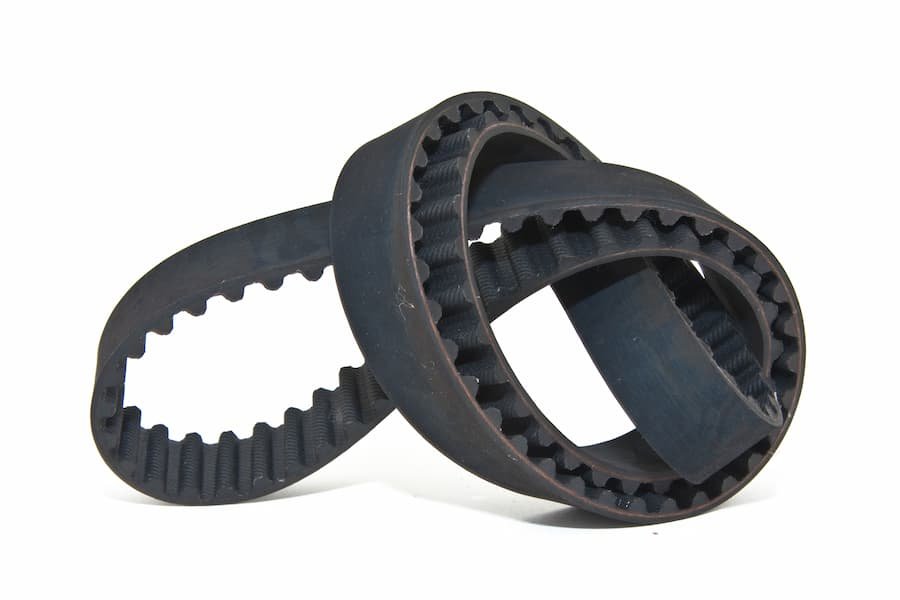


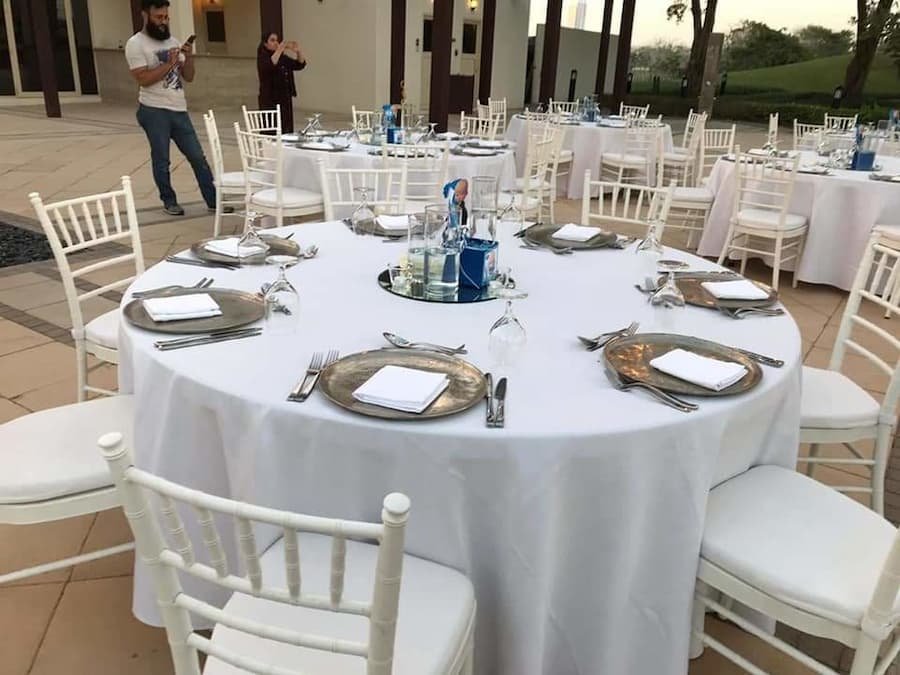
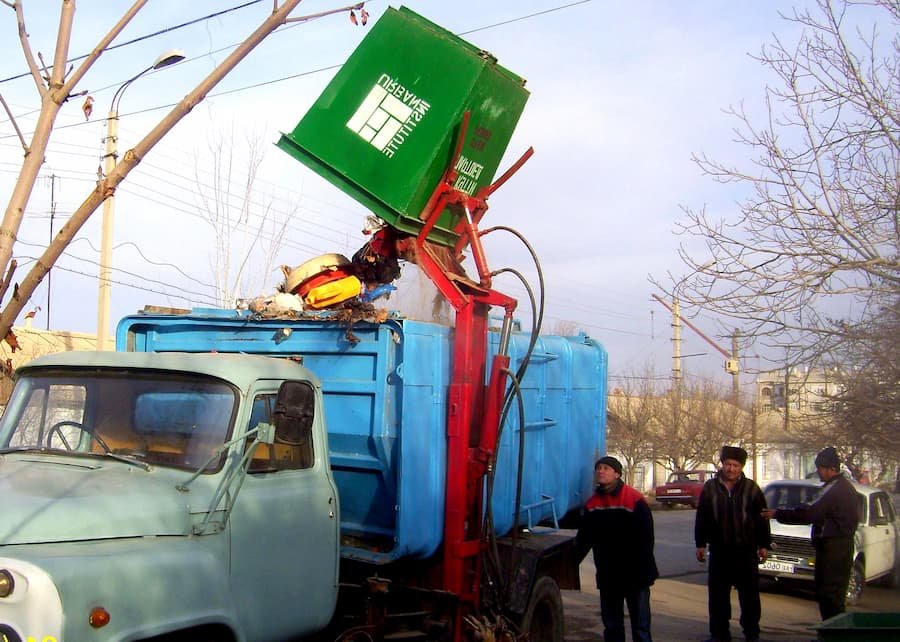








































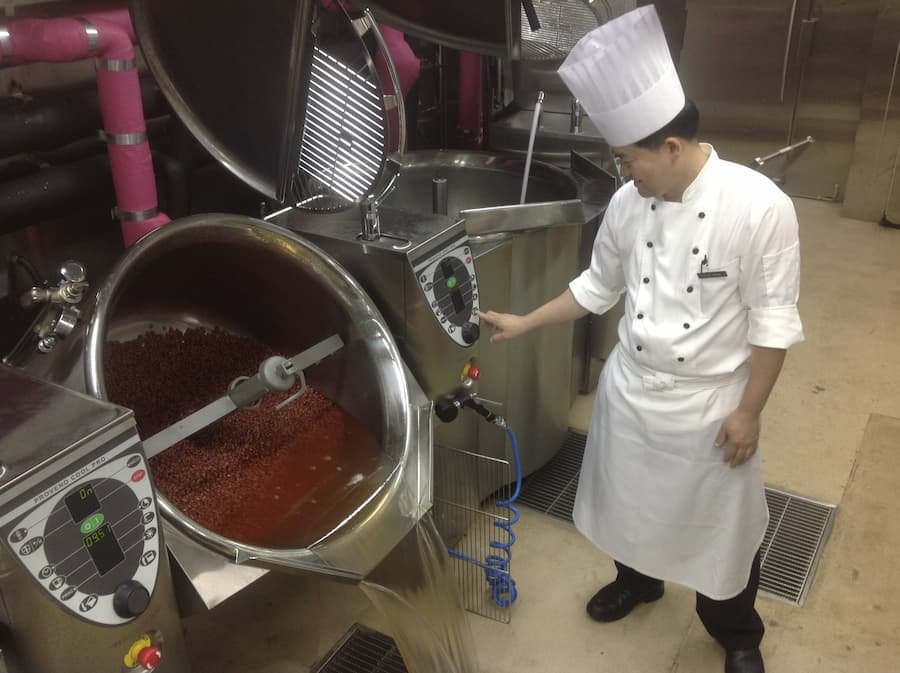




































0